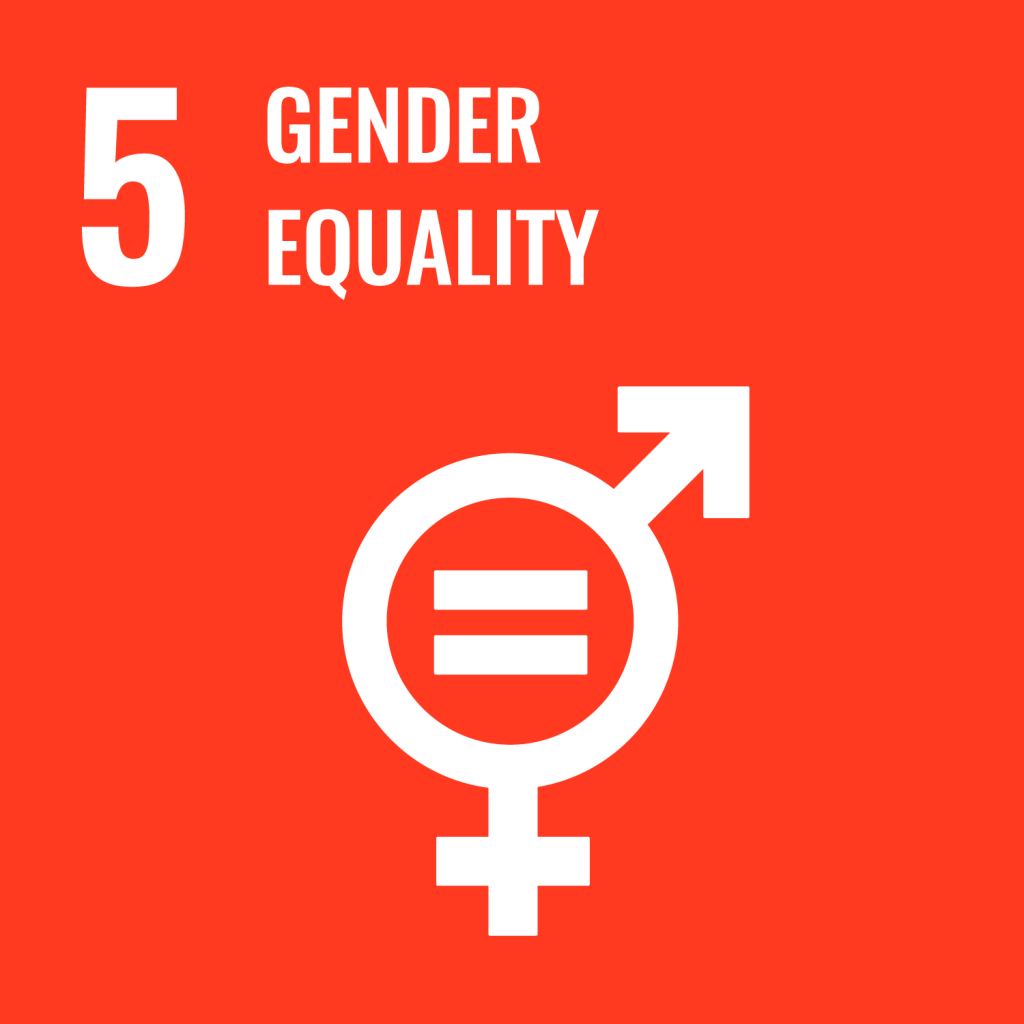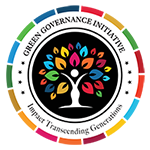Gender equality is not only a fundamental human right, but a necessary foundation for a peaceful, prosperous and sustainable world. Unfortunately, at the current time, 1 in 5 women and girls between the ages of 15-49 have reported experiencing physical or sexual violence by an intimate partner within a 12-month period and 49 countries currently have no laws protecting women from domestic violence. Progress is occurring regarding harmful practices such as child marriage and FGM (Female Genital Mutilation), which has declined by 30% in the past decade, but there is still much work to be done to completely eliminate such practices.Providing women and girls with equal access to education, health care, decent work, and representation in political and economic decision-making processes will fuel sustainable economies and benefit societies and humanity at large.
Fact And Figures
Since gender equality is foundational to many SDG targets, structural factors driving gender inequality is a matter of major concern. A sizeable proportion, 18 per cent, of ever-partnered women and girls aged 15 to 49 have suffered physical and /or sexual partner violence in the previous year.Nearly, 75 per cent of detected victims of trafficking for sexual exploitation and 35 per cent forced labour victims who are trafficked are female. Thus, the age-old practices that put women and girls at a higher risk of inequality and abuse with deleterious physical, sexual and psychological impacts continue to persist.
The number of crimes against women in India stood at 3,59,849 in 2017, with the crime rate at 57.9 as against 56.6 in 2014.Child Sex Ratio (CSR) has declined from 927 in 2001 to 919 in 2011. Entrenched gender bias of ‘son meta-preference’ is a social challenge despite the ban since 1994 on sex-selective abortion.In 2017, women's access to bank accounts rose to 77 per cent from 43 per cent in 2014, and the gender gap slumped to 6.4 per cent from 19.8 per cent during the same period.The proportion of women entrepreneurs in India, is not up to the mark, women occupy about 30 per cent of corporate senior management positions, which is considerably higher than the global average of 24 per cent.
The government is taking extraordinary measures to develop women's skills and entrepreneurship. Over the last three years, there has been a 97 per cent rise in women enrolling in long-term skill development courses.Besides the potential to spur economic growth, technology opens up new vistas of socio-economic empowerment of women. There has been an increased access to mobile and internet amongst Indian women with more than 40 per cent of Indian women being aware of mobile internet in 2019, as against just 19 per cent a year before,which has expanded their access to information and new opportunities.Even the representation of women in the national parliament increased from 11.6 per cent in 2014 to 14.4 per cent in 2019.On an average, 44.37 per cent of elected representatives to Panchayati Raj Institutions (PRI) are women and in 15 States/ UTs half or more elected PRI representatives are women.
18%
of ever-partnered women and girls aged 15 to 49 have suffered from physical and /or sexual partner violence
75%
of detected victims of trafficking for sexual exploitation who are trafficked are female
77%
of women have access to bank accounts as of 2017

Target
5.1 End all forms of discrimination against all women and girls everywhere
5.2 Eliminate all forms of violence against all women and girls in the public and private spheres, including trafficking and sexual and other types of exploitation
5.3 Eliminate all harmful practices, such as child, early and forced marriage and female genital mutilation
5.4 Recognize and value unpaid care and domestic work through the provision of public services, infrastructure and social protection policies and the promotion of shared responsibility within the household and the family as nationally appropriate
5.5 Ensure women's full and effective participation and equal opportunities for leadership at all levels of decision-making in political, economic and public life
5.6 Ensure universal access to sexual and reproductive health and reproductive rights as agreed in accordance with the Programme of Action of the International Conference on Population and Development and the Beijing Platform for Action and the outcome documents of their review conferences
5.a Undertake reforms to give women equal rights to economic resources, as well as access to ownership and control over land and other forms of property, financial services, inheritance and natural resources, in accordance with national laws
5.b Enhance the use of enabling technology, in particular information and communications technology, to promote the empowerment of women
5.c Adopt and strengthen sound policies and enforceable legislation for the promotion of gender equality and the empowerment of all women and girls at all levels
Our Team


Anmol Rathore
Team Lead SDG 5
